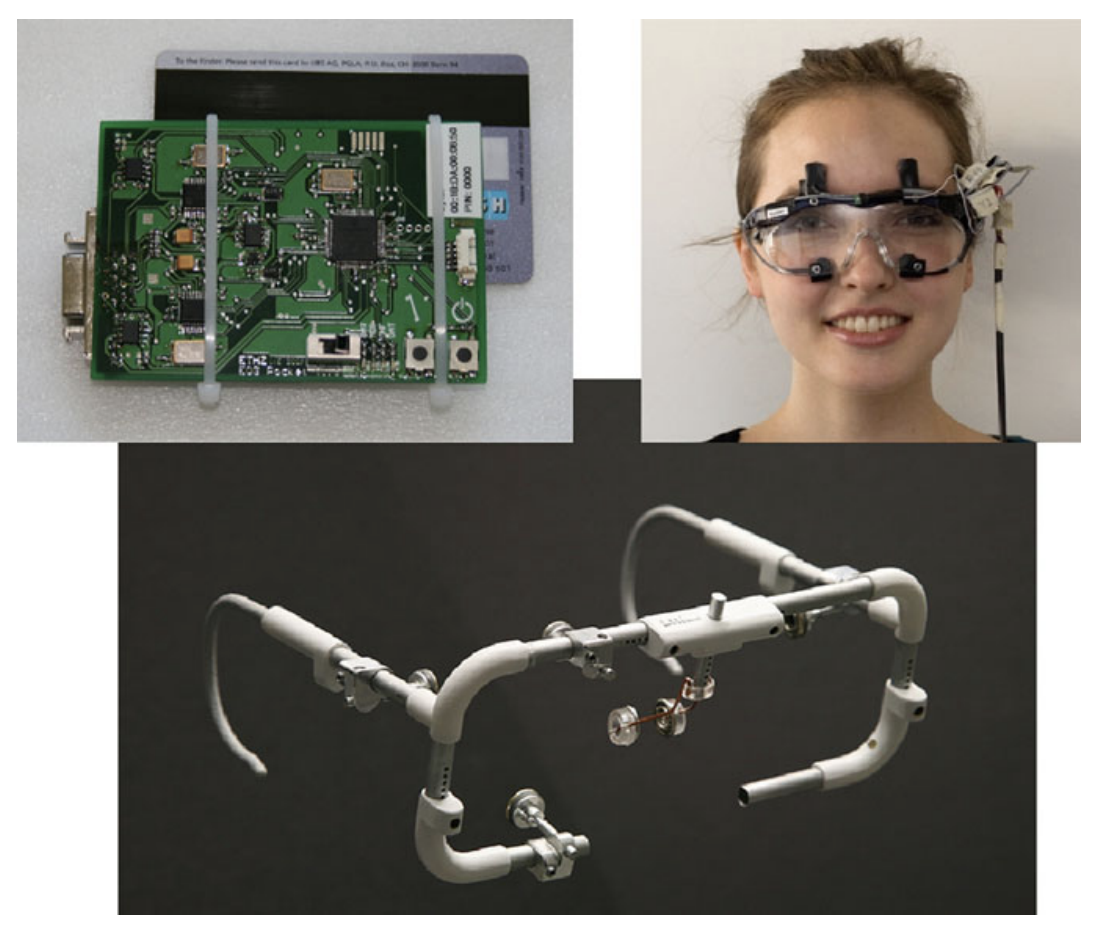Eye Tracking and Eye-Based Human-Computer Interaction
Päivi Majaranta, Andreas Bulling
Stephen H. Fairclough, Kiel Gilleade (Eds.): Advances in Physiological Computing, Springer Publishing London, pp. 39-65, 2014.

Abstract
Eye tracking has a long history in medical and psychological research as a tool for recording and studying human visual behavior. Real-time gaze-based text entry can also be a powerful means of communication and control for people with physical disa-bilities. Following recent technological advances and the advent of affordable eye trackers, there is a growing interest in pervasive at-tention-aware systems and interfaces that have the potential to rev-olutionize mainstream human-technology interaction. In this chapter, we provide an introduction to the state-of-the art in eye tracking technology and gaze estimation. We discuss challenges involved in using a perceptual organ, the eye, as an input modality. Examples of real life applications are reviewed, together with design solutions derived from research results. We also discuss how to match the user requirements and key features of different eye tracking sys-tems to find the best system for each task and application.Links
doi: 10.1007/978-1-4471-6392-3_3
Paper: majaranta14_apc.pdf
BibTeX
@inbook{majaranta14_apc,
author = {Majaranta, P{\"{a}}ivi and Bulling, Andreas},
title = {Eye Tracking and Eye-Based Human-Computer Interaction},
booktitle = {Advances in Physiological Computing},
editor = {Fairclough, Stephen H. and Gilleade, Kiel},
year = {2014},
pages = {39-65},
publisher = {Springer Publishing London},
doi = {10.1007/978-1-4471-6392-3_3}
}

